From: WIISE
What is blockchain?
Blockchain is a technology that records transactions in a secure, transparent, and immutable manner. It is a decentralized digital ledger that allows multiple parties to share access to the same information at the same time, ensuring the integrity and veracity of the data without the intervention of a central authority. Through a chain of blocks of information, where each block contains a number of records or transactions that are verified and linked together in a chronological manner (Figure 1). This structure makes it nearly impossible to retroactively modify the data without altering all subsequent blocks, regardless of type – whether public, private or consortium (Figure 2).
In agribusiness, blockchain can be used to track the entire life cycle of a food product, from Farm to Fork. This includes details such as the provenance, handling, transportation, and distribution of food products. Improved traceability helps ensure product quality and safety, reducing the risk of food fraud and improving the management of food-related health emergencies.
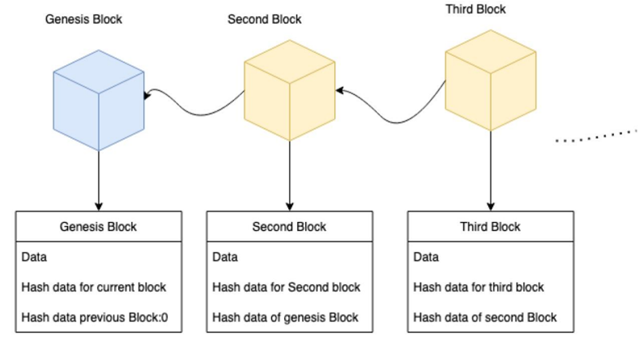
WASTELESS Public blockchain solution
WASTELESS project aims to leverage blockchain to track and verify the production, distribution and consumption of food products, with the aim of reducing waste. Using blockchain technology, WASTELESS develops a tracking system that allows the various actors in the supply chain (producers, distributors, retailers and consumers) to access transparent and reliable information about food. The ability of blockchain to accurately track the provenance and path of food along the supply chain offers a possible solution to address Food Loss and Waste (FLW). Blockchain can improve the efficiency of agri-food supply chains. Sharing real-time information between different players in the supply chain can reduce delays, prevent losses, and optimize inventory management.

The development of a public blockchain (Figure 2) dedicated to monitoring food waste (FW) at different stages of the food supply chain (FSC) is described in WASTELESS Deliverable 1.3, Chapter 2.3 3. The blockchain platform used is the WIISE Chain, based on OpenTimestamps, which is an open-source standard format for blockchain timestamping (Figure 3). Within the framework of WASTELESS project, WIISE Chain intends to operate as a (distributed) ledger that allows FBOs (Food Business Operators) and other operators to declare information about FW generated in their processes. This information is requested in the form of a survey, in which the FW manager will provide all the relevant information to FW. To support the veracity of their statements, several documents can be attached.
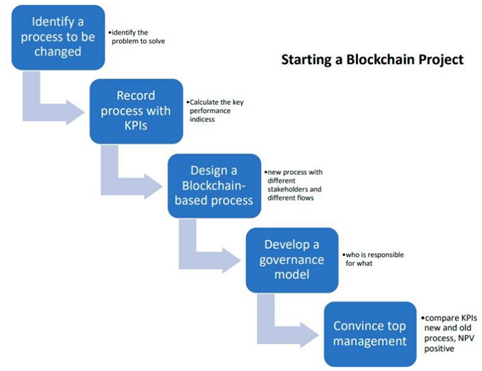
The challenges and opportunities of blockchain in the food industry
Implementing blockchain in the food industry presents unique challenges and opportunities. On one hand, technology offers the potential to improve transparency and efficiency of supply chains, making it easier to detect and reduce waste. On the other hand, its application requires technical understanding and collaboration between different players in the industry.
WASTELESS project innovatively collaborates with businesses, consumers, and institutions to implement and test blockchain. Chapter 2.3 of the Deliverable 1.33 provides more information on how this technology can help combat FW and improve food security, as well as support more sustainable production and consumption practices.
Towards a future without food waste
Benefits of blockchain in the agri-food sector are numerous: the technology can increase transparency, improve consumer trust, and reduce operating costs. However, there are also challenges to consider, such as the need for standardization and resistance to change from some industry players.
WASTELESS’ vision is that of a world where technology, and particularly blockchain, plays a key role in reducing food waste (Figure 4). The work carried out in the context of the project’s Deliverable 1.3 represents an important step towards realising this vision.
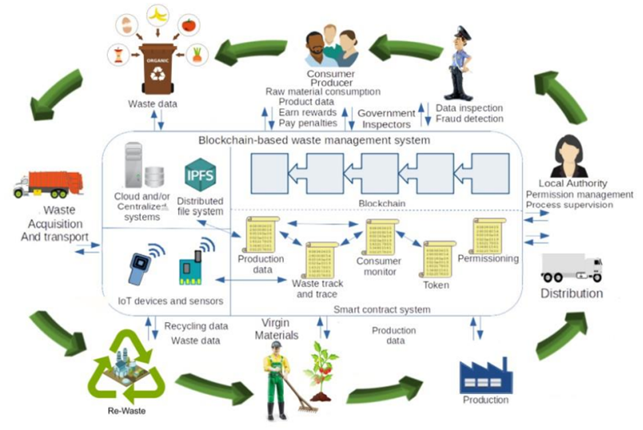
References
- Soltani R. et al. (2022) Distributed Ledger Technologies and Their Applications: A Review. Applied Sciences 12(15):7898, https://doi.org/10.3390/app12157898
- Ahmed G. Gad, Diana T. Mosa, Laith Abualigah, Amr A. Abohany, Emerging Trends in Blockchain Technology and Applications: A Review and Outlook, Journal of King Saud University – Computer and Information Sciences, Volume 34, Issue 9, 2022, Pages 6719-6742, ISSN 1319-1578, https://doi.org/10.1016/j.jksuci.2022.03.007
- Waste Quantification Solutions to Limit Environmental Stress, Lead Partner: WIISE, https://wastelesseu.com/wp-content/uploads/2023/08/Deliverable_1.3.WASTELESS.30-08-2023.V1.0.pdf
- Block Waste https://blockwasteproject.eu/
- Madonna, Marco. (2023). Blockchain Application to the CE: the recycling of agri-food waste. https://www.researchgate.net/publication/369649826_Blockchain_Application_to_the_CE_the_recycling_of_agri-food_waste
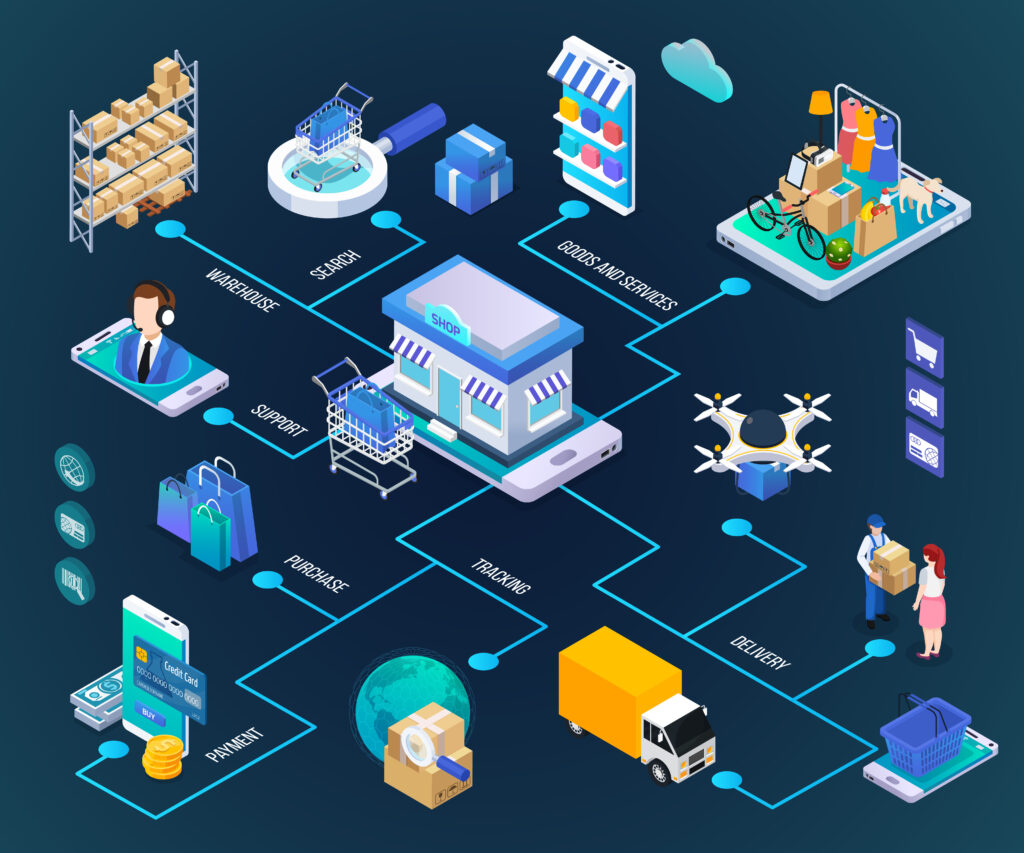
Pingback: The first test of WASTELESS blockchain in an Italian food company – Wasteless